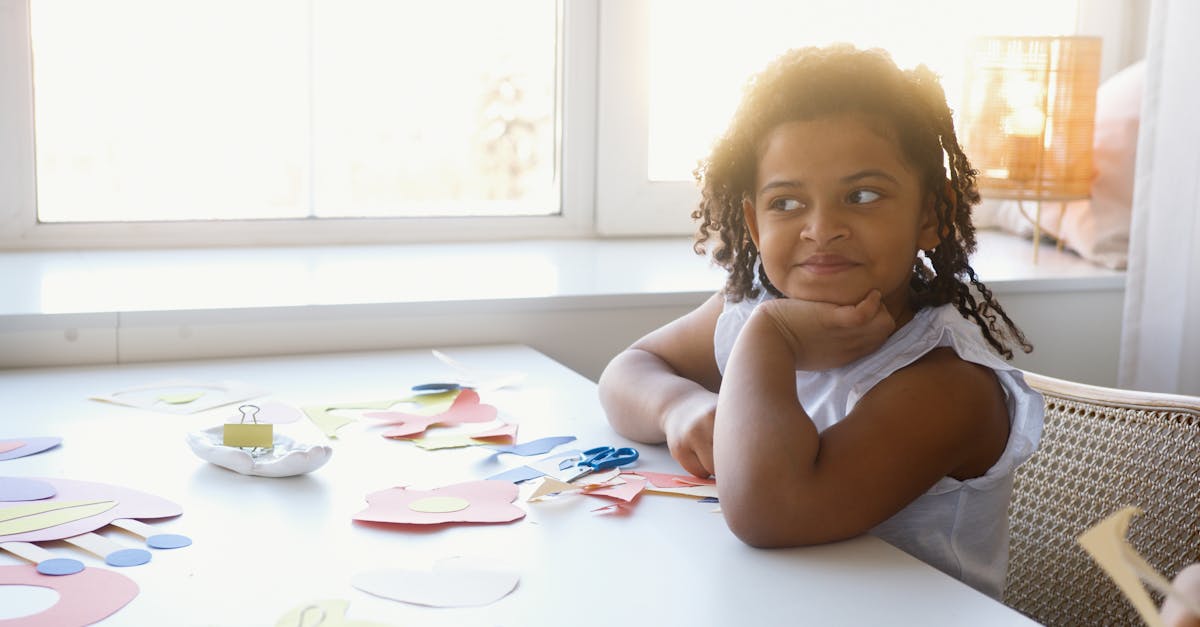Understanding Toddler Resilience
Are toddler meltdowns a constant in your home? You’re not alone! Understanding toddler resilience is key. Resilience is children’s ability to bounce back after setbacks. It’s about teaching persistence and managing emotions. Most kids naturally acquire some resilience, but it can be nurtured further. This will help them face life’s inevitable challenges. Essentially, resilience equips children to cope with disappointments and frustrations healthily. So, why not prepare them for future triumphs and tribulations now?

Foster a Growth Mindset
A growth mindset is crucial for resilience. Children who believe they can improve through effort are more persistent. Encourage your toddler by praising their efforts, not just the results. Phrases like ‘You tried really hard!‘ boost their spirits without focusing on the end goal. Remember, it’s about making them feel capable of tackling new challenges. This way, they learn persistence from a young age.

Encouraging a growth mindset in children can have long-lasting positive effects on their development and success.
Encourage Problem-Solving Skills
Let your toddler attempt to solve problems on their own. This fosters independence and problem-solving skills. Next time they face a challenge, guide them rather than giving direct solutions. For instance, if they struggle with a puzzle, ask questions like ‘Where do you think this piece goes?‘ This encourages them to think and figure it out by themselves. Over time, this builds confidence and resilience.

Teach Emotion Regulation
Teach your child the importance of emotion regulation. Help them name and understand their emotions. When your little one throws a tantrum, you can say, ‘I see you’re very upset.’ Labeling emotions helps toddlers recognize what they feel and why. Gradually, they learn to manage their emotions better. This emotional awareness is a crucial resilience skill. Remember, even adults struggle with this, so patience is key.

Model Resilient Behavior
Kids learn a lot by watching adults. Model resilient behavior by managing your stress and setbacks openly. Share stories of how you’ve dealt with challenges. For example, you might say, ‘I was sad when I didn’t get that job, but I kept trying and found a great one!’ This shows that perseverance pays off. Your actions set a powerful example for your child.

Create a Supportive Environment
Create a nurturing and supportive environment at home. Children feel safe to explore and take risks when they know they are loved unconditionally. Establish routines, offer consistent support, and be there to cheer them on. This secure foundation plays a vital role in building their resilience. Think of it as the soil that helps their little roots grow strong.

Summary: Creating a supportive and loving environment at home is essential for children to feel secure, explore, and grow resilient.
Celebrate Small Wins
Celebrating small wins can do wonders for a child’s confidence. Every victory, no matter how tiny, boosts their belief in their abilities.
Did they dress themselves today, even if the socks are mismatched? Celebrate it! These small acknowledgments build a positive self-image and resilience. Highlighting their successes encourages them to keep trying, no matter how tough things get.
